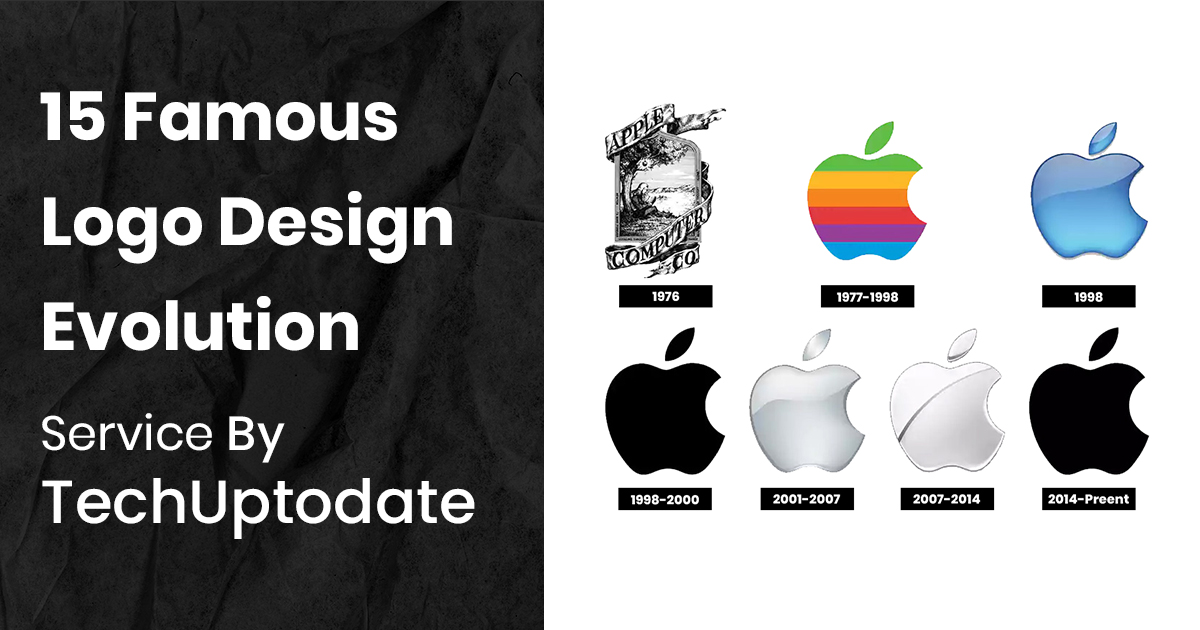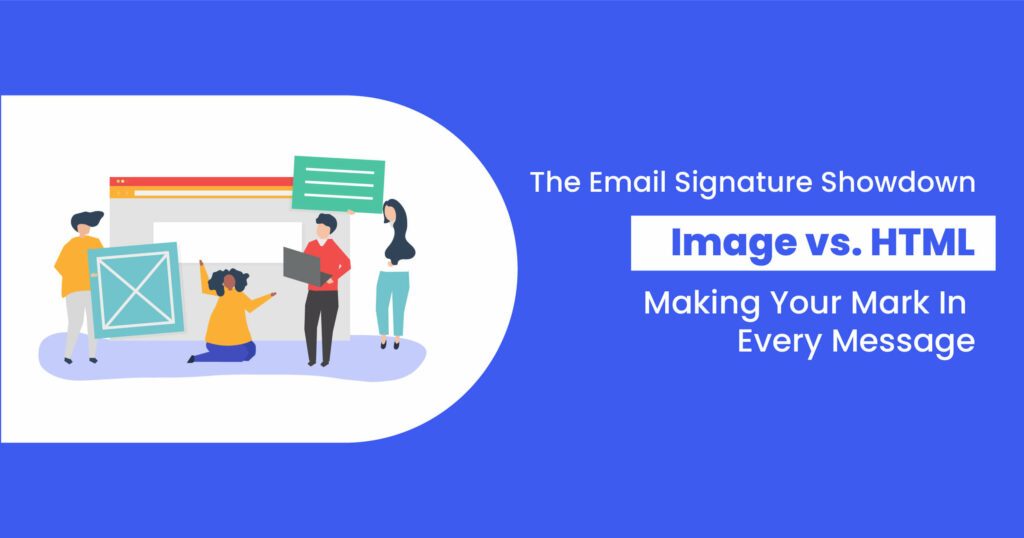A logo is a graphic mark or emblem used to identify a brand, product, company, or other entity. A logo design can be anything from a simple icon to a complex mark that incorporates multiple colors and shapes.
The history of logo design is as long as the history of branding and advertising. Some of the earliest examples of logo design date back to the early 1800s, when companies began using simple marks to identify their products. As the years progressed, logo design became more complex, with companies using multiple colors and shapes to create their logos.
Today, logo design is more important than ever. With the advent of the internet and social media, companies need to have a strong and recognizable logo that will stand out in the digital world. But even with all the advances in technology, the basics of logo design remain the same: a logo should be simple, memorable, and reflective of the brand it represents.
Observing the Organic Evolution of Brands
As someone who studies logo design, I am always interested in observing the organic evolution of brands. It is fascinating to see how companies change their logos over time, sometimes gradually and sometimes drastically.
Sometimes a logo will evolve to better reflect the company’s values or products, while other times it may be due to a change in ownership or a rebranding effort. Regardless of the reason, it is always interesting to see how brands evolve over time.
Ancient Logos and Their Rapid Evolution
Logos are a critical part of any business or organization, serving as both a visual representation of the brand and a sign of quality. Ancient logos were often simple and straightforward, but as businesses have become more sophisticated, so too have their logos.
Today, logos are often complex and multi-layered, conveying a variety of messages about the company or organization. While some may see this as a negative development, it is actually a sign of the times: as businesses have become more complex, so too have their logos.
Here are 15 Famous Logo Designs Evolution
1 Pepsi Logo Evolution
Pepsi has undergone many logo changes since its inception in 1898. The original logo was designed by Caleb Bradham and featured the Pepsi-Cola name in a unique script. In 1940, the logo was updated to a more modern look with the Pepsi name in a sans-serif font. This logo would remain unchanged for the next fifty years.
In 1991, Pepsi introduced a new logo that featured a more contemporary font and a more abstract representation of the Pepsi name. This logo was met with mixed reactions, but Pepsi stuck with it for nearly two decades.
In 2008, Pepsi unveiled a new logo that was a major departure from its previous incarnations. The new logo was much simpler, featuring the Pepsi name in a standard font with two blue stripes at the bottom. This logo was met with largely positive reactions and has remained unchanged since its introduction.
2 Coca-Cola Logo Evolution
Coca-Cola is one of the most popular and well-known brands in the world, and its logo has undergone several evolutions over the years. The current logo was introduced in 2006 and features a bold, red wordmark with the iconic white wave in the background. The wave is said to represent the brand’s “refreshing and invigorating” qualities, while the red color is meant to be “energetic and optimistic.”
Coca-Cola has been around for over 125 years, and in that time, its logo has undergone several changes. The most notable change came in 1969 when the brand decided to ditch its signature script for a more modern, sans-serif typeface. In the early 2000s, Coca-Cola experimented with a more “hip” and youthful logo but reverted back to its classic look in 2006.
3 Apple Logo Evolution
Apple logo evolution began with the company’s founding in 1976 when Steves Jobs and Wozniak designed and sold the Apple I computer. The logo consisted of a small apple with a bite taken out of it, which was a reference to the story of Adam and Eve.
In 1977, the logo was revised to a rainbow-colored apple, which remained the company’s logo for 20 years.
In 1998, Apple introduced the first major revision to its logo in over two decades. The new logo was a monochromatic silhouette of an apple with a bitten-off section. This logo was used until August 27, 2013, when Apple unveiled a new logo, which is a 3D-like representation of an apple. The current logo is more simplistic and modern, reflective of the company’s current design aesthetic.
4 Nike Logo Evolution
Nike is one of the world’s most recognizable brands and its logo has undergone quite a few iterations over the years. The current logo, which was introduced in 1995, is a simplification of the previous logo and is meant to convey the speed and motion of Nike’s products.
The swoosh, which is now the most iconic part of Nike’s logo, was originally designed by a student and was meant to represent the wing of the Greek goddess Nike. Over the years, the Nike logo has become one of the most widely recognized and respected logos in the world.
5 Shell Logo Evolution
The evolution of the Shell logo is a fascinating story. The original shell logo was created in 1900 by a Shell chemist, who was inspired by the spiral shape of a nautilus shell.
Over the years, the logo has undergone several redesigns, but the basic shape has remained the same. In 1999, the company launched a major rebranding campaign, which included a new logo.
The current Shell logo was designed by the renowned graphic designer, Paula Scher. It is a stylized version of the original shell logo and is widely recognized around the world.
6 IBM Logo Evolution
The IBM logo has undergone many evolutions since its inception in 1924. The current logo, which was introduced in 1972, is a simple yet powerful representation of the company. It features a blue “IBM” wordmark with a white lowercase “i” inside a white circle. This logo is widely recognized and is a symbol of innovation and reliability. IBM has always been a leader in the technology industry, and its logo reflects that.
7 Nokia Logo Evolution
Nokia is a Finnish multinational telecommunications, information technology, and consumer electronics company, founded in 1865. Nokia’s history dates back to the 19th century when the Finnish-Swede mining engineer Fredrik Idestam established a pulp mill near the town of Tampere, Finland. Idestam’s second pulp mill started operations in 1868 near the town of Nokia, about 100 kilometers northwest of Tampere. In 1871, Idestam built a third mill on the Nokianvirta River in the village of Nokia.
The Nokia Corporation was formed in 1967, as a result of the merger of three companies: Nokia Company, Finnish Cable Works, and Finnish Rubber Works. The new company was involved in a variety of businesses, including paper, cables, rubber, and electronics. In the late 1960s and early 1970s, Nokia was focused on developing
8 Starbucks Logo Evolution
In 1971, the first Starbucks opened in Seattle’s Pike Place Market. The original logo was designed by Terry Heckler and inspired by the nautical theme of the first store. It featured a twin-tailed siren surrounded by the store’s name. In 1987, the logo was redesigned to be more in line with the company’s growth.
The new logo was a more stylized version of the siren and the store’s name was written in a new font. In 1992, the logo was again redesigned to be more minimalistic. The siren was removed and the store’s name was written in a green circle. This version of the logo is still in use today.
9 Google Logo Evolution
Since its inception in 1998, the Google logo has undergone several evolutions. The original logo was a wordmark, with the letters “google” in a custom typeface. In 2010, the company introduced a new logo, which featured a revised typeface and a slight redesign of the “g” icon.
In 2015, Google unveiled a major redesign of its logo, which featured a new typeface, a more colorful palette, and an updated “g” icon. Google has said that the new logo is “more playful” and “reflects [their] optimism and endless curiosity.”
10 Microsoft Logo Evolution
Microsoft is an American multinational technology company with headquarters in Redmond, Washington. It develops, manufactures, licenses supports, and sells computer software, consumer electronics, personal computers, and services.
Its best-known software products are the Microsoft Windows line of operating systems, the Microsoft Office suite, and the Internet Explorer and Edge web browsers. Its flagship hardware products are the Xbox video game consoles and the Microsoft Surface tablet lineup. As of 2016, it is the world’s largest software maker by revenue, and one of the world’s most valuable companies.
The company was founded by Bill Gates and Paul Allen on April 4, 1975, to develop and sell BASIC interpreters for the Altair 8800. It rose to dominate the personal computer operating system market with MS-DOS in the 1980s, followed by Microsoft Windows. The company’s 1986 initial public offering (IPO), and subsequent rise in
11 Volkswagen Logo Evolution
The Volkswagen logo has undergone several evolutions since the company’s founding in 1937. The original logo was simply the company’s name in a stylized script. In the 1950s, the logo was updated to include a stylized V and W, which were meant to represent the company’s name.
In the 1960s, the logo was again updated, this time to include a circle around the V and W. This was meant to represent the company’s global reach. In 2000, the logo was again updated, this time with a more modern and sleek design. The current logo is a simple and elegant design that represents the company’s forward-thinking attitude.
12 Firefox Logo Evolution
The Firefox logo has undergone many evolutions since its first iteration in 2002. The original logo was a phoenix rising from the ashes, symbolizing the browser’s ability to rise from the ashes of the Netscape Navigator browser.
The second logo, introduced in 2003, was a more simplified phoenix. In 2009, the logo was updated again to a more stylized phoenix with orange and yellow flames. The most recent logo, introduced in 2013, is a fox silhouette surrounded by flames. This logo represents the browser’s speed, security, and versatility.
13 Adobe Logo Evolution
Adobe is a software company that creates many different products, one of which is the Adobe logo. The company has been around since 1982 and the logo has undergone many changes over the years.
The current logo is a simple, yet modern, wordmark that features the company name in a sans-serif font. Adobe has used a variety of colors for its logo over the years, but the most recent version is a bright shade of red.
14 Audi Logo Evolution
Audi has been through many logo changes since the company was first founded in 1909. The original logo was simple and featured the four rings that represented the four founding companies. The rings were meant to symbolize the unity of the companies.
The current logo was introduced in 2009 and is a more modern take on the original. The new logo is sleeker and features a 3D effect. The new logo also represents the company’s commitment to innovation and technology.
15 BMW Logo Evolution
The BMW logo has undergone several evolutions since the company’s inception in 1916. The original logo was simply the company’s initials, “BMW,” set against a black background. In 1917, the logo was updated to include a white propeller against a blue sky, a nod to the company’s aviation history.
The current logo, introduced in 2000, is a simplified version of the propeller logo, with the blue and white colors reversed. The BMW logo is one of the most recognizable and iconic logos in the world, and its evolution is a reflection of the company’s rich history and brand identity.
Final Thoughts
In conclusion, the story behind the evolution of the logo design is really interesting. Creating a logo is one of the most important steps for your company. It must be unique, memorable, and represent the company. The logo must communicate the company’s brand.



